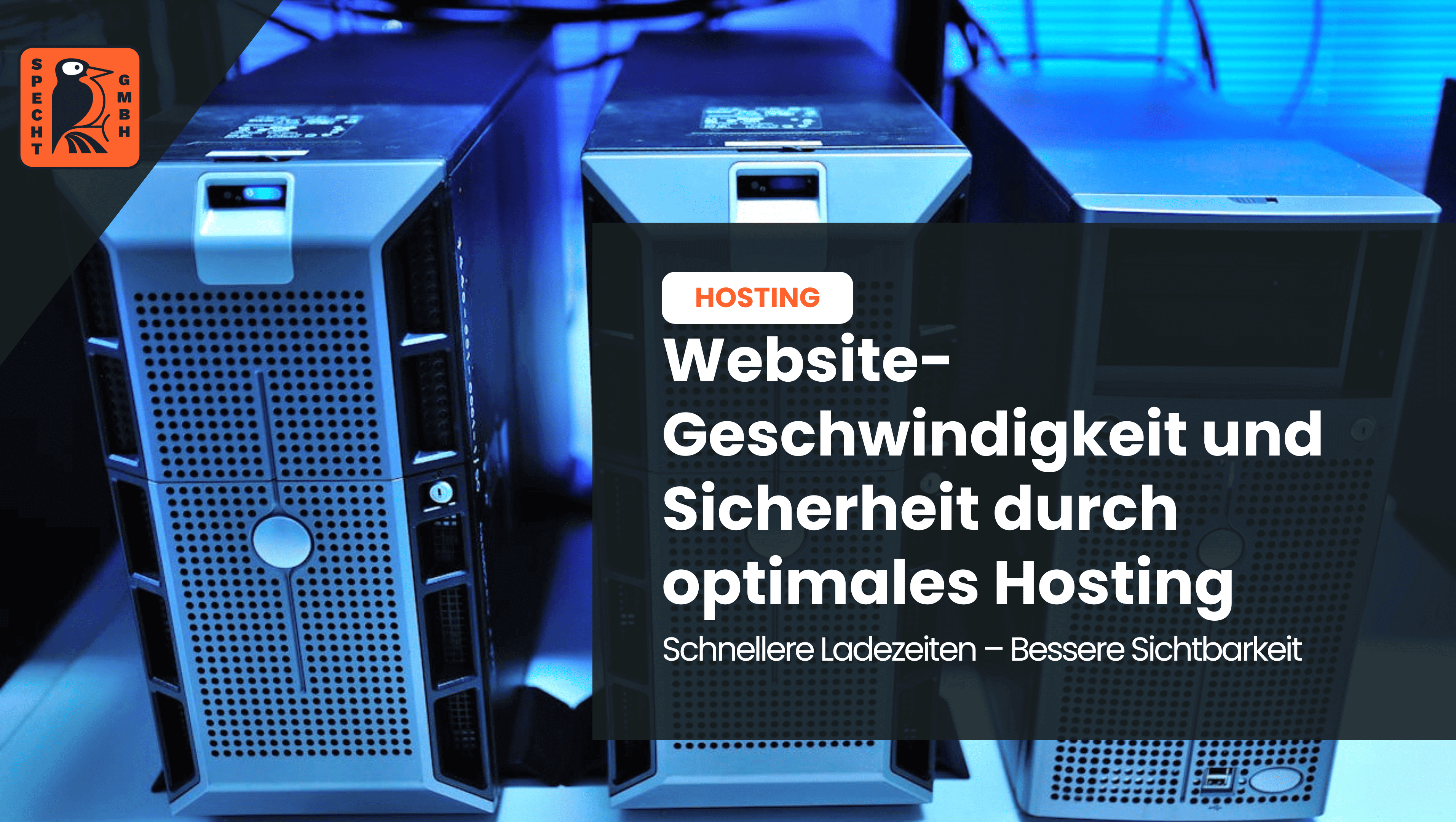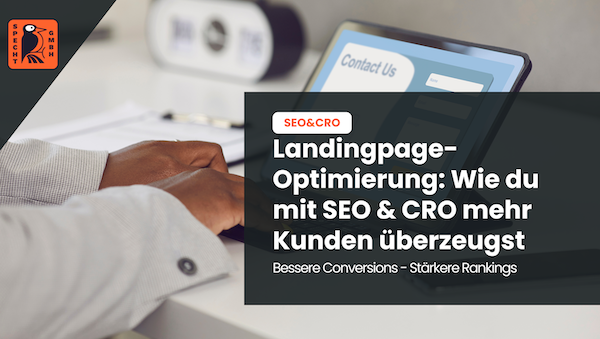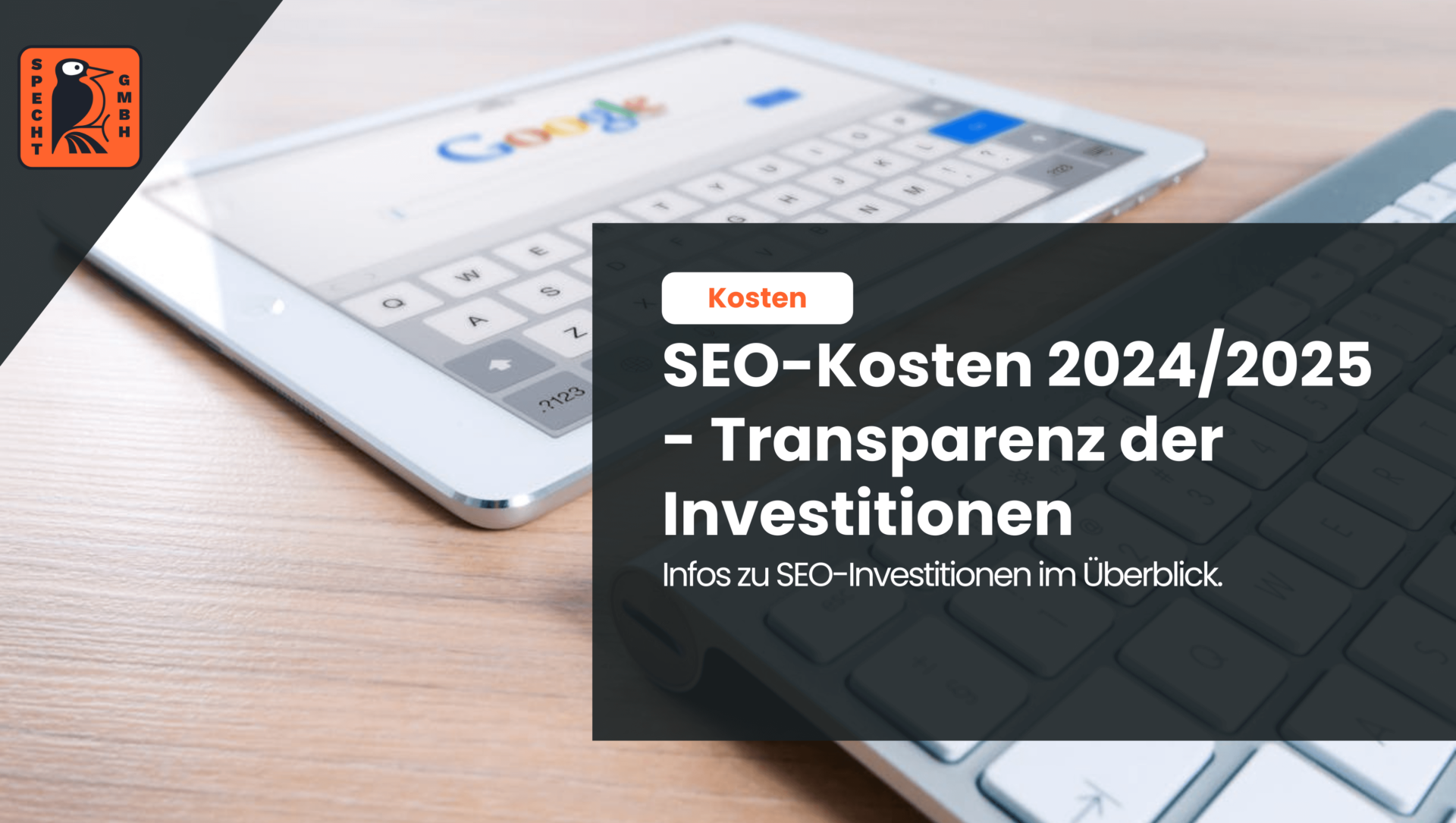In a nutshell: What is traffic?
Traffic describes the number of visitors to a website. It is an important ranking factor and at the same time a key performance indicator. A lot of attention is therefore paid to this topic in search engine optimization. With targeted measures, you can increase your traffic and avoid negative traffic sources.
Definition of traffic
In general, the term "traffic" can be used to describe the flow of data in networks on the internet. However, traffic is mostly used in relation to websites. Visitor access to a website is considered traffic in online marketing. It can therefore be rendered as "page views" in German.
In this context, page impressions (page views) and visits (page visits) are often used.
What are page impressions?
If a website visitor visits several different subpages, these are counted as page impressions. This is therefore a key figure for the popularity of a website. It is used to measure which pages of a website have been accessed how often.
What are page visits?
Visits to a website can be clearly differentiated:
- Visits
- unique visits
What is the difference? If a visitor visits a website several times, they can be identified by their IP address. These are unique visits because you can measure where they come from.
Why is traffic so important?
Traffic is an important key figure in online marketing. It provides information on whether your website is of interest to users. In addition, increasing and decreasing visitor numbers can be observed in order to recognize the effect of measures and take appropriate action.
Furthermore, the key figure of page impressions helps to find out where advertising is best placed in order to be effective.
In general, traffic is an important value for advertisers and publishers. Advertisers can use traffic to determine the reach a campaign can achieve and how successful various campaigns are.
Traffic is very valuable for publishers, as they can charge more money for the placement of advertising with many visits. Affiliate marketing, the use of Google Ads and many other systems for placing online advertising generate more revenue the more traffic there is on a website.
Traffic as a ranking factor
Another important reason why you should not ignore the traffic of your online presence: Traffic is an important ranking factor and can influence the placement of your website in search engines such as Google and Co.
The more visitors find your website, click on it and stay on it, the more relevant search engines will rate your website. High and high-quality traffic is an indication of quality and authority. This in turn pushes your website up the rankings and places it higher in the SERPs.
Traffic analysis
In order to determine the traffic and derive measures from it tools are required. Many website operators use Google Analytics. In addition to traffic, it also provides good insights into areas such as conversions, advertising, content and turnover.
However, there are also other tools that you can use to track and analyze the individual traffic on your website.
But what exactly is actually analyzed when it comes to traffic? The following aspects play a role:
- Number of visitors in a specified period
- Traffic source, i.e. the path to the website (e.g. via online advertising)
- Length of time users spend on your website
- Share of new users
- Peak times
- History of the visit to your website (e.g. which subpages were accessed)
Beware of trash traffic
In principle, traffic is a good thing. However, there are also visitors that you don't like to find on your website. We are talking about trash traffic. This can be caused, for example, by using the wrong keywords or by incorrect programming.
Trash traffic includes all types of traffic that are of no use to website operators. Users only visit a website because of an error. This usually results in a high bounce rate, as users do not find what they are looking for. And a high b ounce rate in turn leads to a poorer ranking with search engines such as Google.
In addition to trash traffic, which should be avoided, there is another problematic aspect that you should keep in mind: Bot traffic. This is traffic that is artificially generated by computer programs. Your ads become ineffective, which can result in high losses. This is also known as ad fraud or click fraud.
-
Free
SEO strategy meeting
In a free SEO strategy talk, we uncover untapped potential and develop a strategy to help you become more successful on Google.

- More organic visibility
- More organic visitors to your website
- More inquiries & sales
Increase traffic with various measures
The following applies: the more traffic you can record on your website, the greater your success. It doesn't matter what goals you are pursuing. High traffic is crucial for achieving most business goals . However, this always goes hand in hand with a high dwell time.
Measures are therefore required to increase the number of users on your website and the length of time they spend there. Various search engine marketing measures are generally suitable for this. Both search engine optimization (SEO) and search engine advertising can lead to higher traffic.
Various traffic channels
First of all, users need to find out about your website. Various traffic channels are suitable for this. In online marketing, there is a rough distinction between organic and paid traffic.
- Organic traffic: Visitors come to your website via a search engine. If you do SEO and use relevant keywords, your website will be displayed in the SERPs for certain search queries and the chance of a click on the URL increases.
- Paid traffic: This traffic is generated through advertising. This includes ads on social media, Google Ads, banner ads and all other paid advertising measures.
Google Analytics differentiates between where the traffic on your website comes from:
- Social: Visitors find your website via social media, for example via Instagram or Facebook.
- Direct: Users enter the URL of your website directly in the address bar.
- Referral: Visitors reach your website via backlinks.
- Organic search: Users reach your website via Google or other search engines.
- Display and Paid Search: Paid advertisements are involved here.
As there are many traffic sources, it is also worth taking various measures. A marketing mix such as omnichannel marketing is advisable. Combine content marketing with social media marketing and email marketing to reach your target group as broadly as possible. This way, you can keep increasing your traffic.
The important role of traffic quality
High traffic is the basis for higher sales or the achievement of other company goals. However, this alone is not a decisive factor. Rather, it depends on the quality of the traffic . In other words: What do visitors actually do when they are on your website?
If users only click through your subpages and no conversion is achieved, this is of little use. Conversely, a high conversion rate means that your traffic quality is very high.
But how do you increase the quality of traffic? The keywords you use play a role. Your content should be tailored precisely to your target group and appeal to exactly the people you want to reach. This way you will not only achieve high traffic, but above all high-quality traffic!
Conclusion: What is traffic?
Traffic describes the number of users on a website. Traffic can be increased through various search engine optimization and search engine advertising measures. The rule is: the more traffic, the better. Both publishers and advertisers benefit from high traffic. Therefore, appropriate measures are in great demand.
- Do you know my SEO newsletter?
Register now and receive regular tips from the experts.






